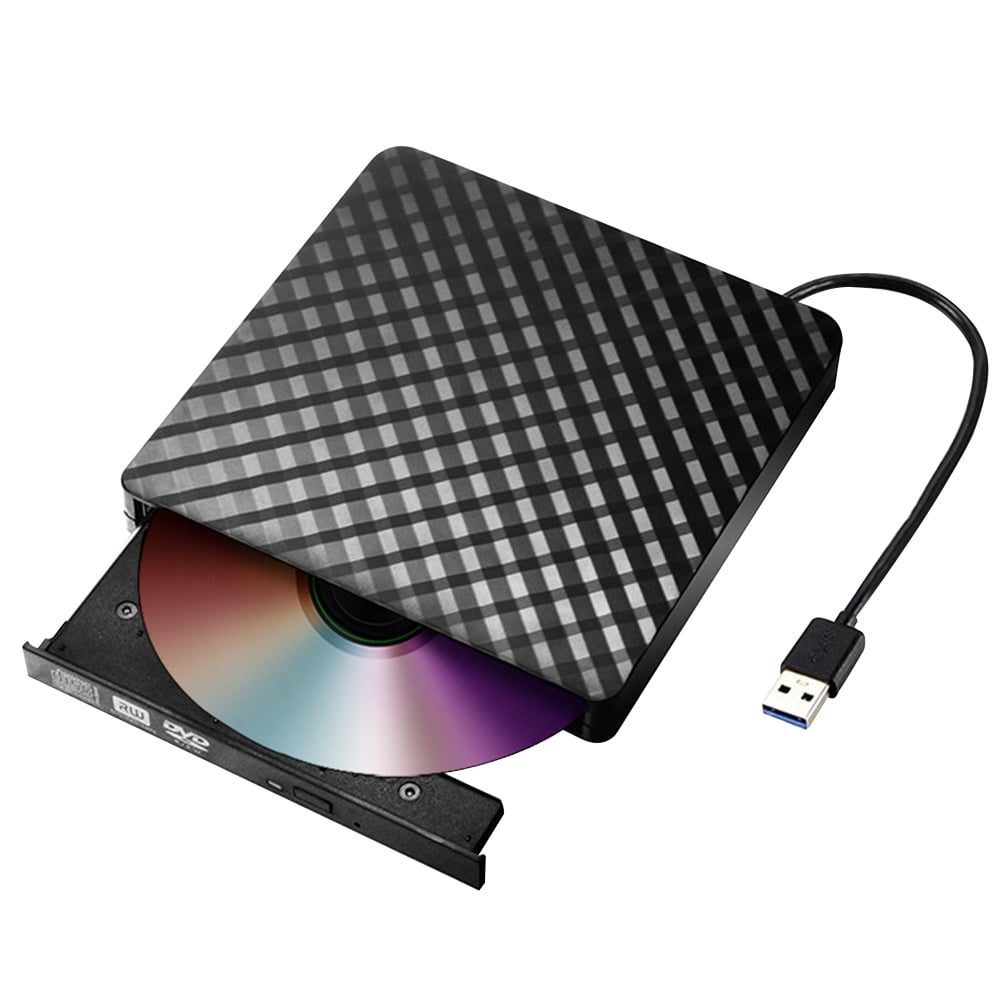


Now the, in my opinion, more elegant solution. The process of creating the image could take a while, but after that you have an rescue-image you could use incase of a malicious program or hard-drive failure. Save it to an appropriate location, but keep in mind: You are not on your main OS X installation, therefor drive-names & paths might be swapped.

To do that, you have to boot into either the OS X installer from for example an USB-Stick, or the rescue partition / downloadable RAM-disk, which is shipped / enabled on relatively new Macs.Īfter that you can open Disk Utility from the Utilities-Menu, select your Hard-Drive Partition (typically called "Macintosh HD") and then click on "New Image". It holds all the necessary drivers for all the Macs it's designed to run on. This is because OS X itself, instead of Windows, isn't really bound to the hardware it was installed / configured to run on. I wouldn't see a problem in creating a Hard-Drive Disk-Image from within Disk Utility and have that as an emergency solution.


 0 kommentar(er)
0 kommentar(er)
